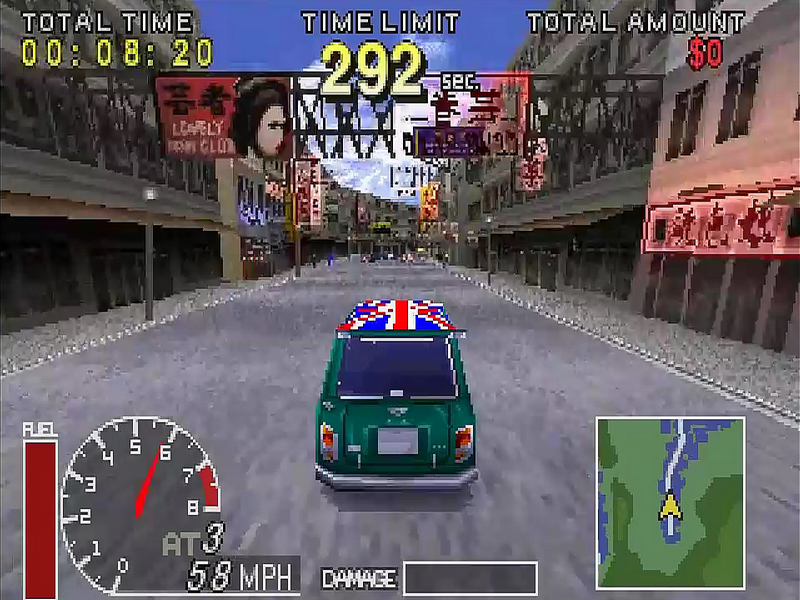The games we never got
Screenshots of work-in-progress games let us imagine visions of things we’ll never play.

Kamek is coming to Mario Kart Tour.
If this news doesn’t move you, well, I get it: here’s a minor Mario character coming to a spinoff mobile game that already has 125 playable characters.
But this was actually 25 years in the making. Back in the mid-90s, early screenshots of Mario Kart 64 (then known as Super Mario Kart R) show Kamek as one of two new characters. When the game was eventually released, Kamek was replaced by Donkey Kong.

A character being added to a game I don’t play shouldn’t mean anything to me. And yet it does, because that little picture there is seared into my brain.
It’s hard to state for modern audiences just how little information we got about new games back before the internet. Unless it was a really big title, sometimes all you’d see of an upcoming release was three small screenshots and a hundred words — and those weren’t always reliable. As you can see from Kamek and Mario Kart 64, screenshots from early versions were subject to change. And while some previews were based on time spent playing the game, at other times writers had to fill space despite having little more information than the same three screenshots shared with readers.
(Let me be clear that I am not aiming any barbs at 1990s video game magazines here — they just didn’t have access to the same information modern media outlets do. They had to make do with what they had, and what they had wasn’t a lot!)
And so those words and images assume an outsized importance: they’re all you have to decide whether a game is worth your money or not. You use them to construct a vision of what a game might be like, and whether it’ll be fun. And when that vision is built on a faulty foundation…
I vividly remember a preview of a racing game called Super Runabout for the original PlayStation in Next Generation magazine. The wonderful people at Retromags scanned and uploaded the whole issue, so let me share a snippet with you:
The nature of the game is open-ended. Runabout is divided into three stages, the first of which is set in the cramped streets of L.A.'s Chinatown. The design work in this area (and indeed, the whole game) is highly detailed, and the crowded streets practically force the player to drive on the sidewalk, through open-air cafes, hotel lobbies, and small homes.
This sounded revolutionary to young me: a racing game where you set your own routes, crashing through buildings? And then there’s this detail, when discussing the second stage:
Traffic piles up randomly each time a new game is played, so different routes must be found each time.
After reading this preview, I promise you that I went to my local game mall every single day, searching every store for Super Runabout. But the preview sold me on a vision of the game that simply wasn’t true.

In reality, the Chinatown section — which, to be fair, is indeed open-ended, crowded enough to encourage driving on the sidewalk and through a hotel lobby — encompasses the first two minutes of the first stage and nothing more; the rest of the stage is a linear road, albeit with the occasional (and unremarkable) shortcut. As for the second stage? The random traffic jams simply didn’t exist. And therefore, the game I thought I bought — the version of Super Runabout in my head — didn’t exist either.
Obviously, it can be disappointing when a game is different to what (you think) you were told to expect. I wanted to play as Connery, Moore and Dalton’s Bonds in GoldenEye; I wanted to hastily revise my route after a sudden traffic jam in Super Runabout; I wanted to find the Triforce in Ocarina of Time.
You might think that all of those are destined to remain as unfulfilled visions, unanswered cases of what if…? But then Nintendo might surprise you by adding a new character to Mario Kart, 25 years later.





